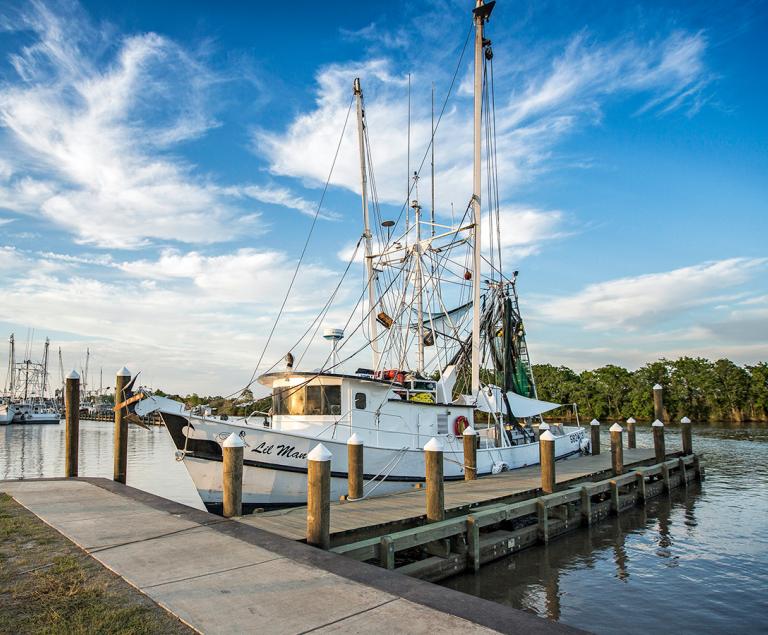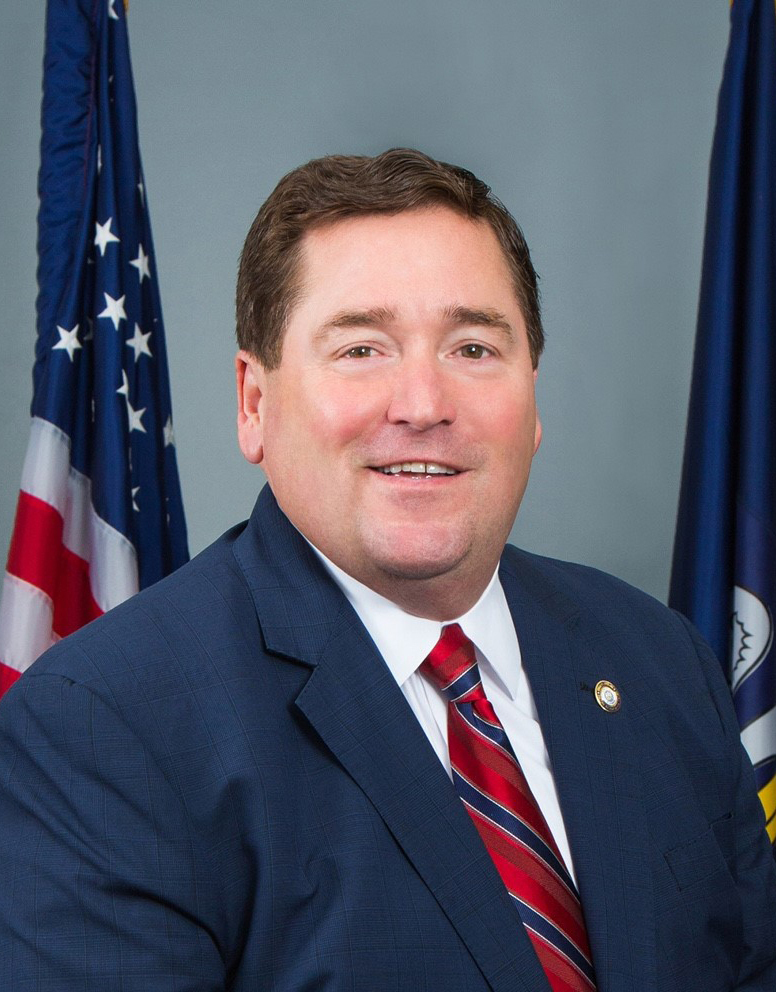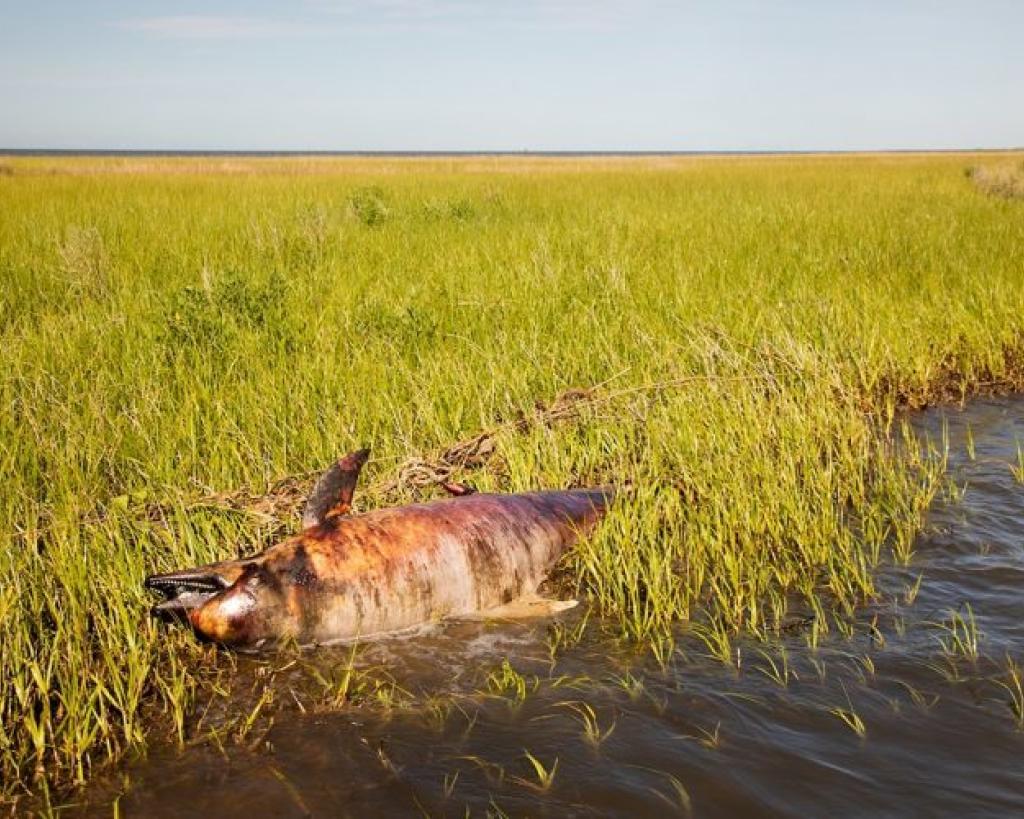
Turn the tide on coastal land loss now.
Message from Lt. Governor Nungesser
Message from Lt. Governor Nungesser
Dear Friends and Fellow Louisianians
While our state can rightly boast of its abundance, beauty and unique culture and heritage, it is also faced with many challenges. Without a doubt, among the most daunting of these challenges is the reality and the threat of coastal land loss. Scientists estimate that Louisiana loses the equivalent of a football field of coastal land every 100 minutes and that since the 1930’s more than 2,000 square miles of what was Louisiana has slipped beneath the encroaching waters of the Gulf of Mexico.
Today, all parties – scientists, coastal community activists, elected officials and commercial and recreational fishermen-- agree: Something must be done. We must stop losing our coast and with it our coastal heritage, economy, and way of life. Simply put: Louisiana must turn the tide.
Over the past several years, many policy makers, their allies in the news media and others have spent enormous amounts of money promoting their belief that there’s only one way to save our coast. According to them, the proposed $2 billion Mid Barataria Sediment Diversion project is our state’s default, de facto and only workable solution to stopping and reversing coastal land loss. We’re told – at great expense to the taxpayer – on an almost daily basis that only a massive 50-year freshwater flood of parts of southeast Louisiana will solve our land loss problems.
But the people of southeast Louisiana know better. They know what I know: We don’t have 50 years to save our coast. A $2 billion boondoggle isn’t sound public policy. And alternatives exist that have been used successfully right here in Louisiana for years. They know that this project is a freshwater flood and not a sediment diversion. And they know that the Mid Barataria Diversion will destroy south Louisiana’s commercial fishing industry, kill thousands of dolphins, wreck the economies of our coastal communities and the swamp the lives of generations of families and small businesses that make their livings and have staked their futures to life along our coast.
I invite you to explore this website, get the facts and ask the tough questions about this critical life and death of Louisiana issue. If you’re inclined to agree with me that Louisiana needs common sense and time-tested alternatives to a 50-year freshwater flood, please help spread the word about this website and the truth about the right way to save Louisiana’s coast.
For your concern and support of Louisiana’s commercial fisheries and the families, our wildlife and coastal heritage and economy, I thank you.
 William H. “Billy” Nungesser
William H. “Billy” Nungesser
Lt. Governor
Fast Facts
Over 60% of the seafood harvested in the Gulf of Mexico comes from the Louisiana estuary.
Louisiana’s commercial fisheries produce and sell $2.4 billion of seafood annually.
Marine Mammal Institute have estimated a potential 60-70% mortality rate for bottlenose dolphin.
Louisiana produces ⅓ of all Seafood consumed in the United States, making Louisiana the second largest producer of seafood in the country.
NOAA models indicate that the diversion will create a near 6,000 square mile dead zone.
Much of our marine life will die and our vital commercial fisheries will die with it.
